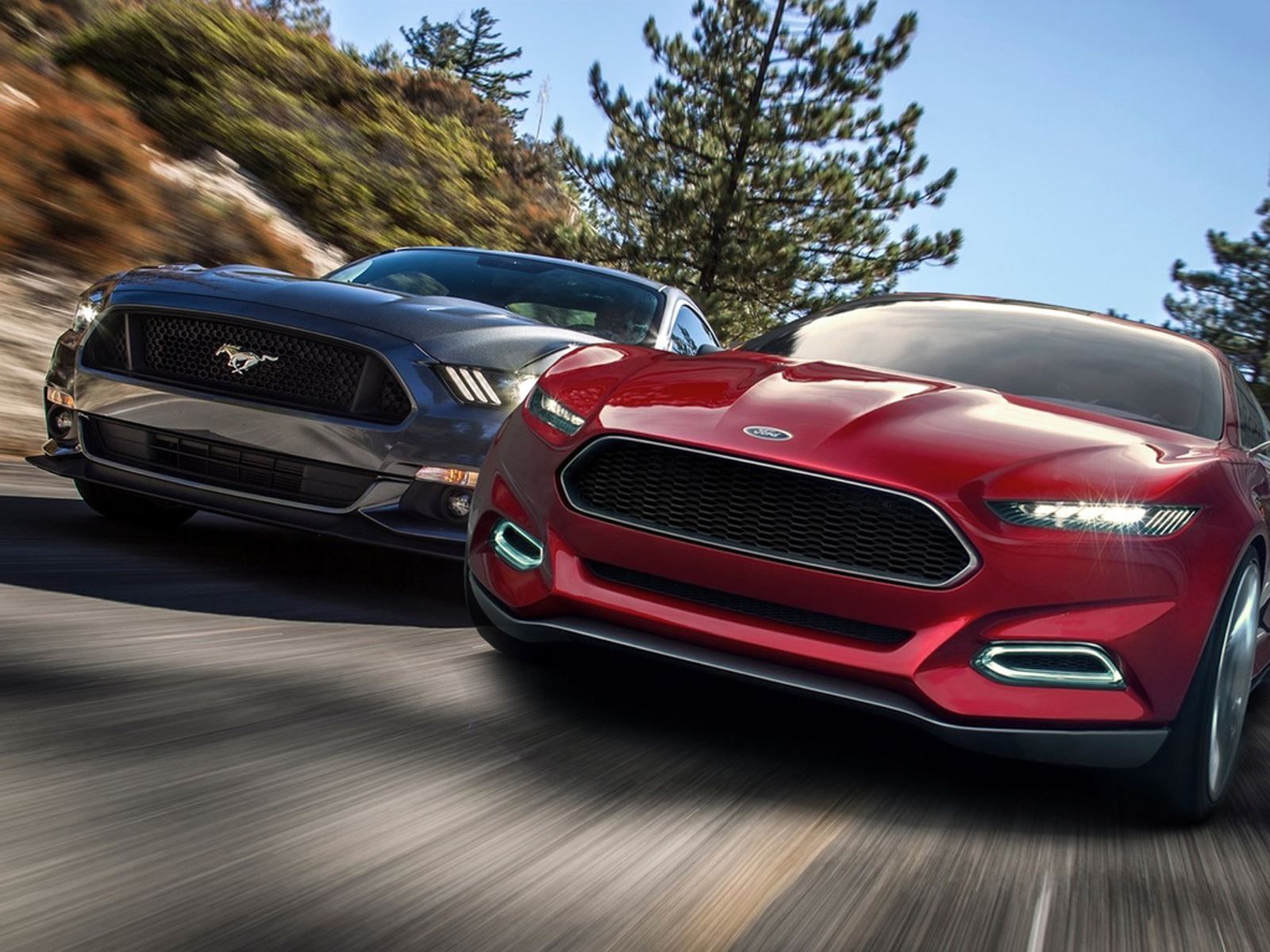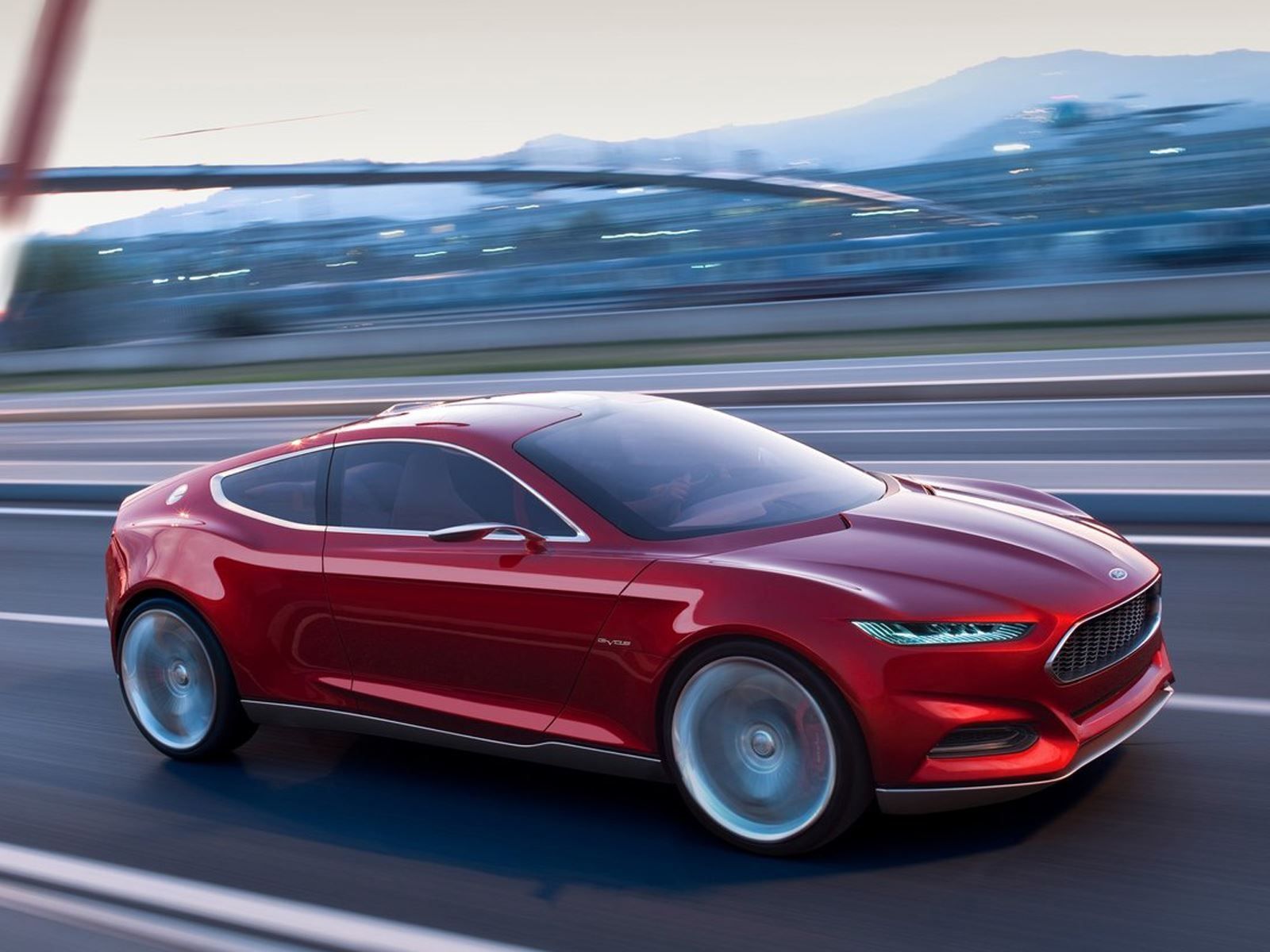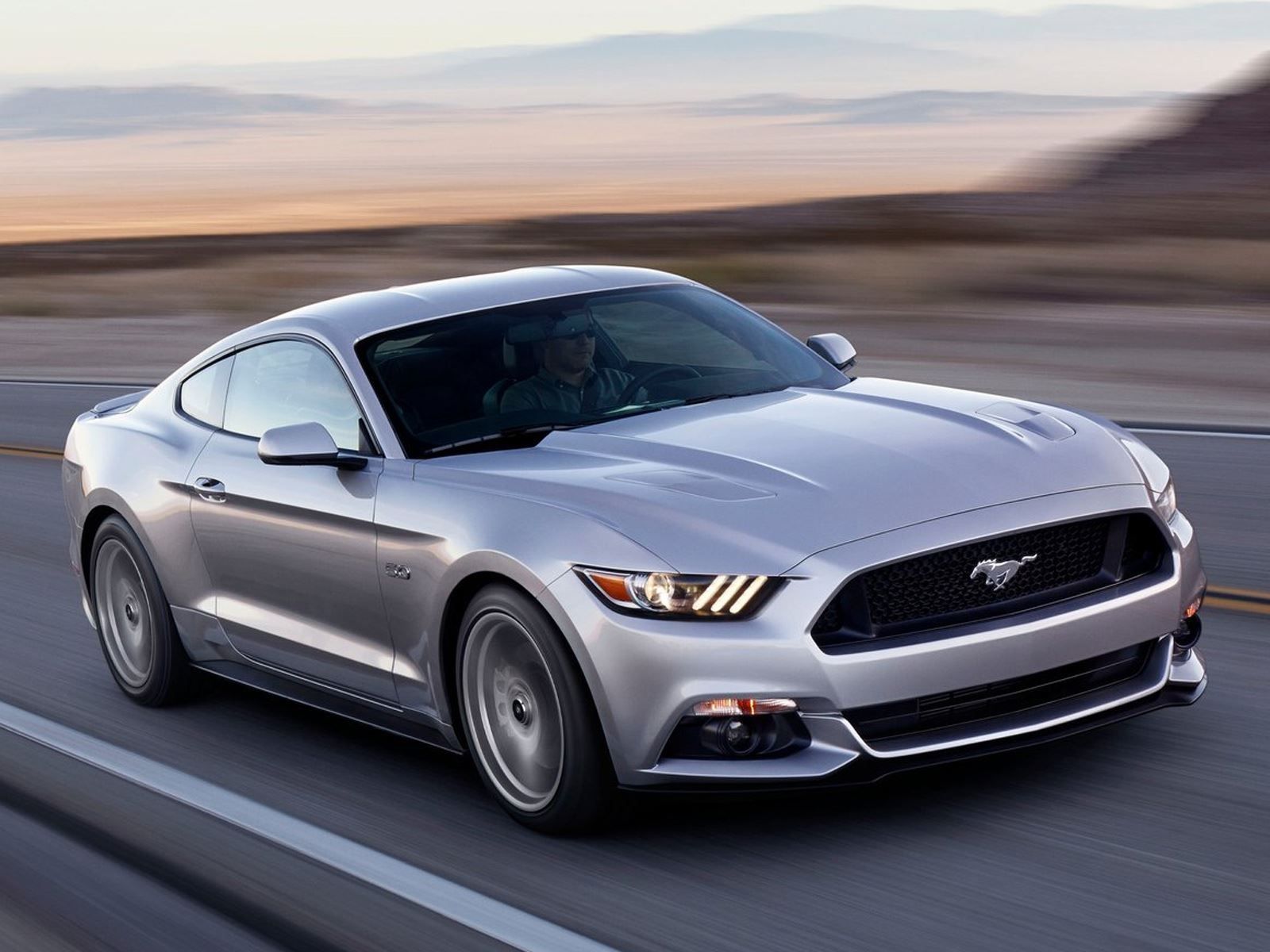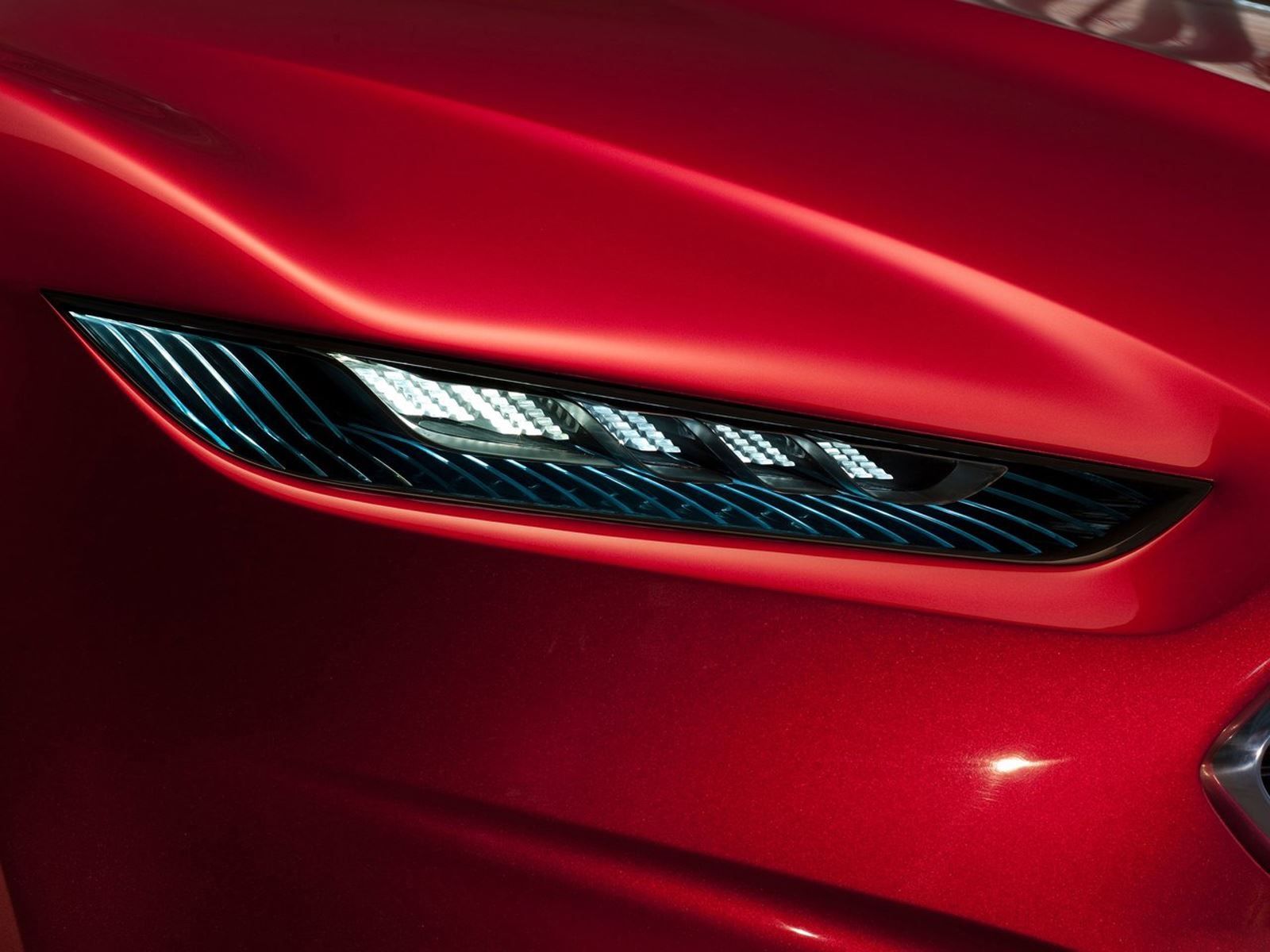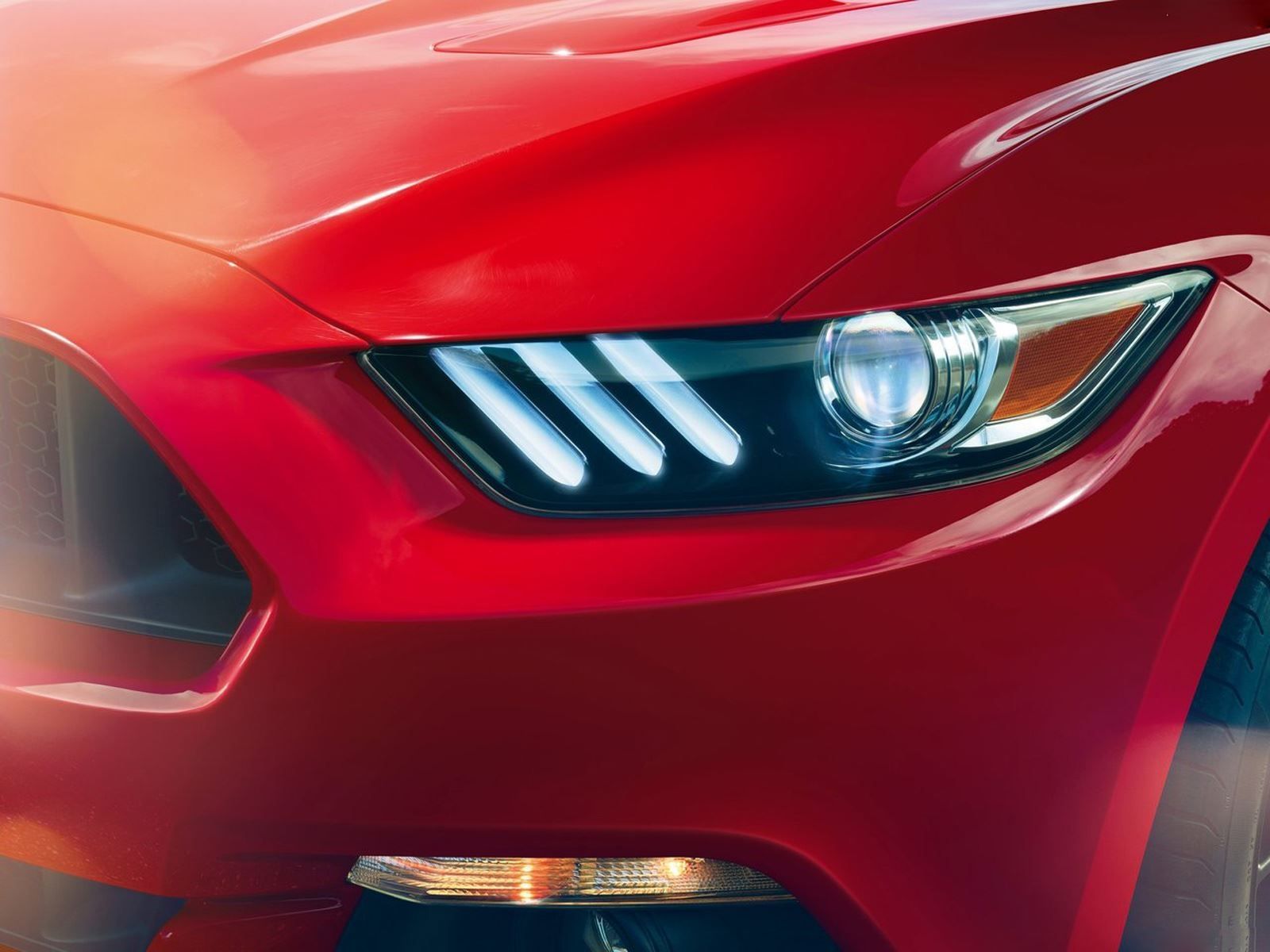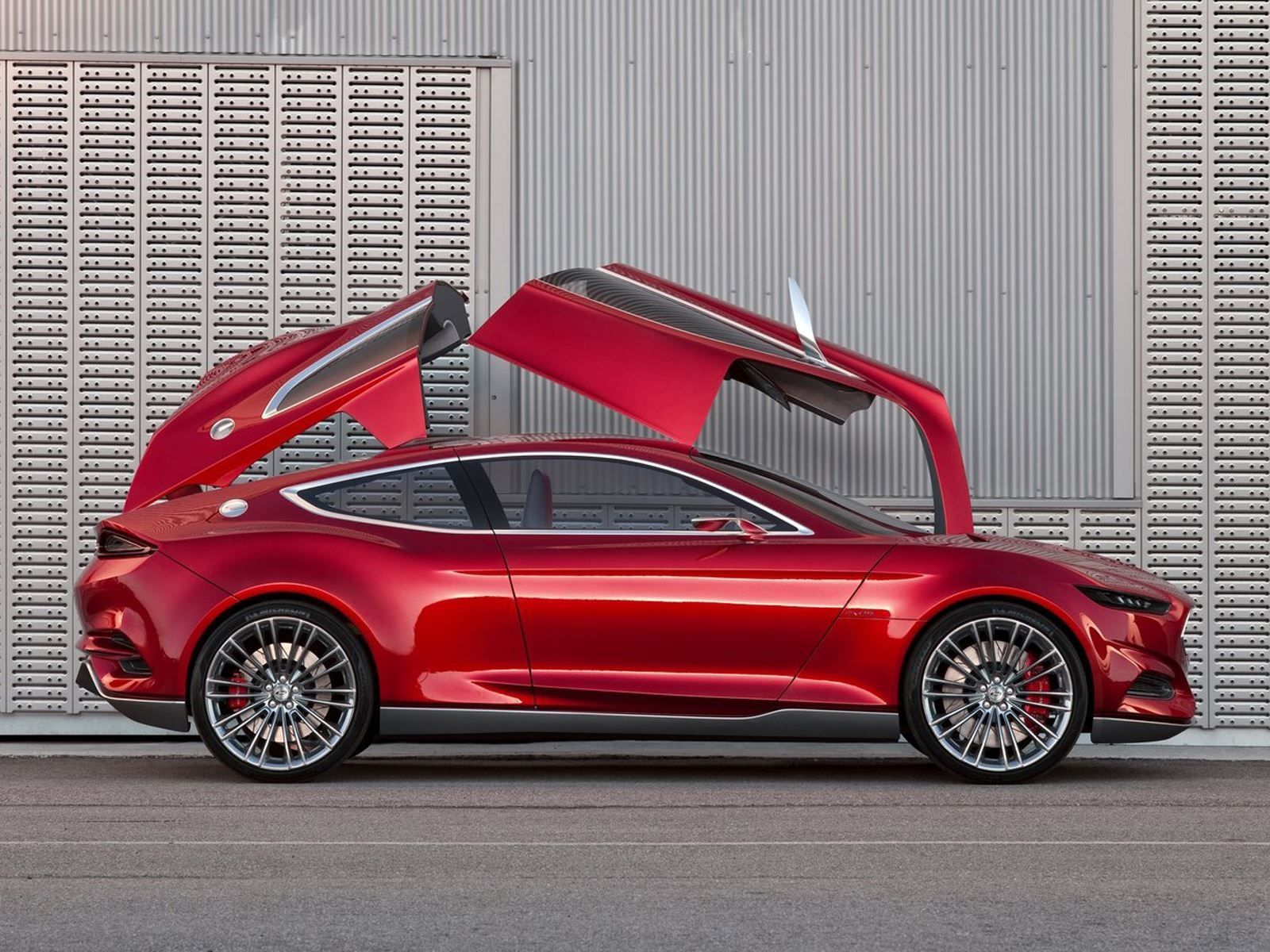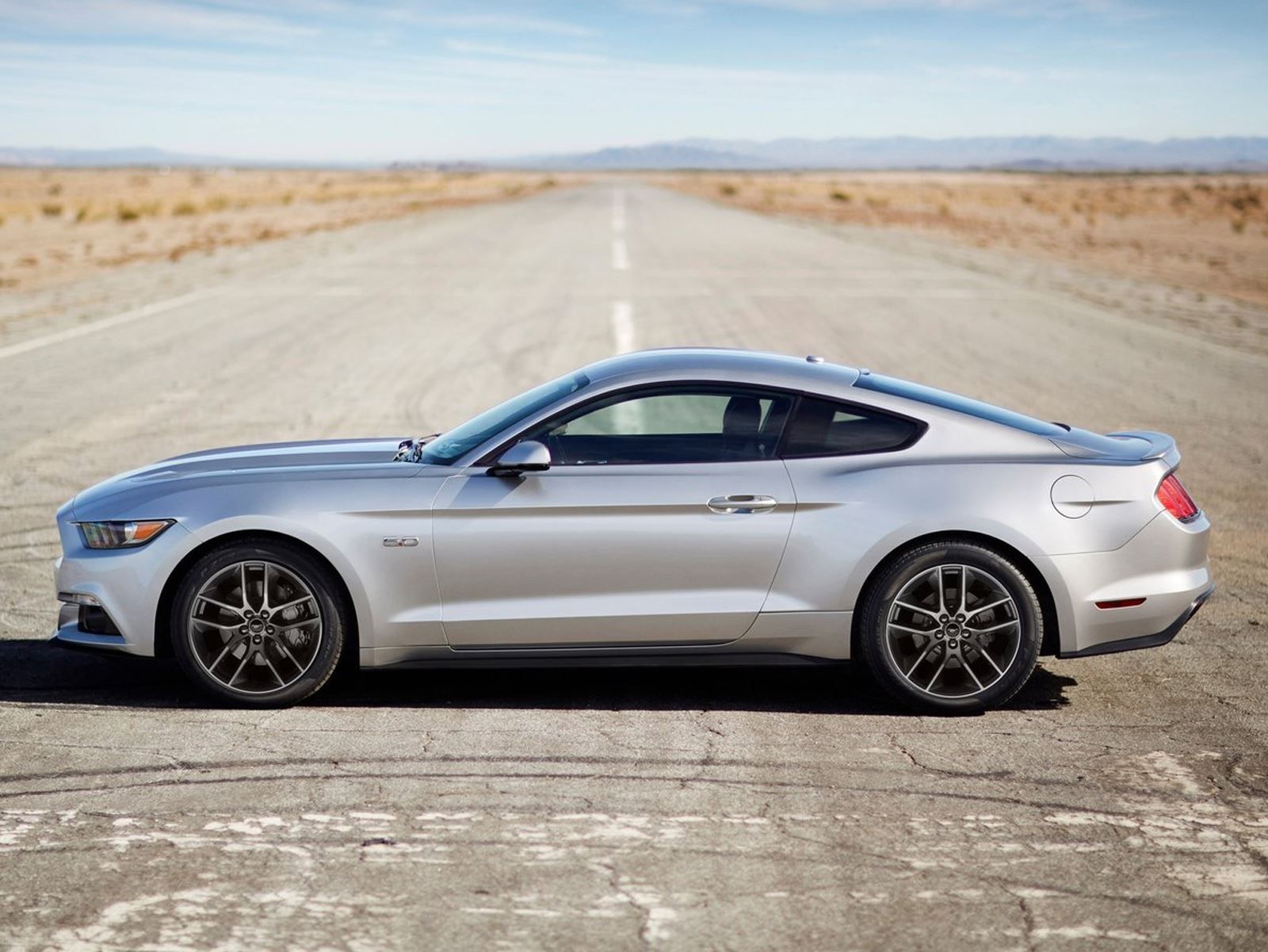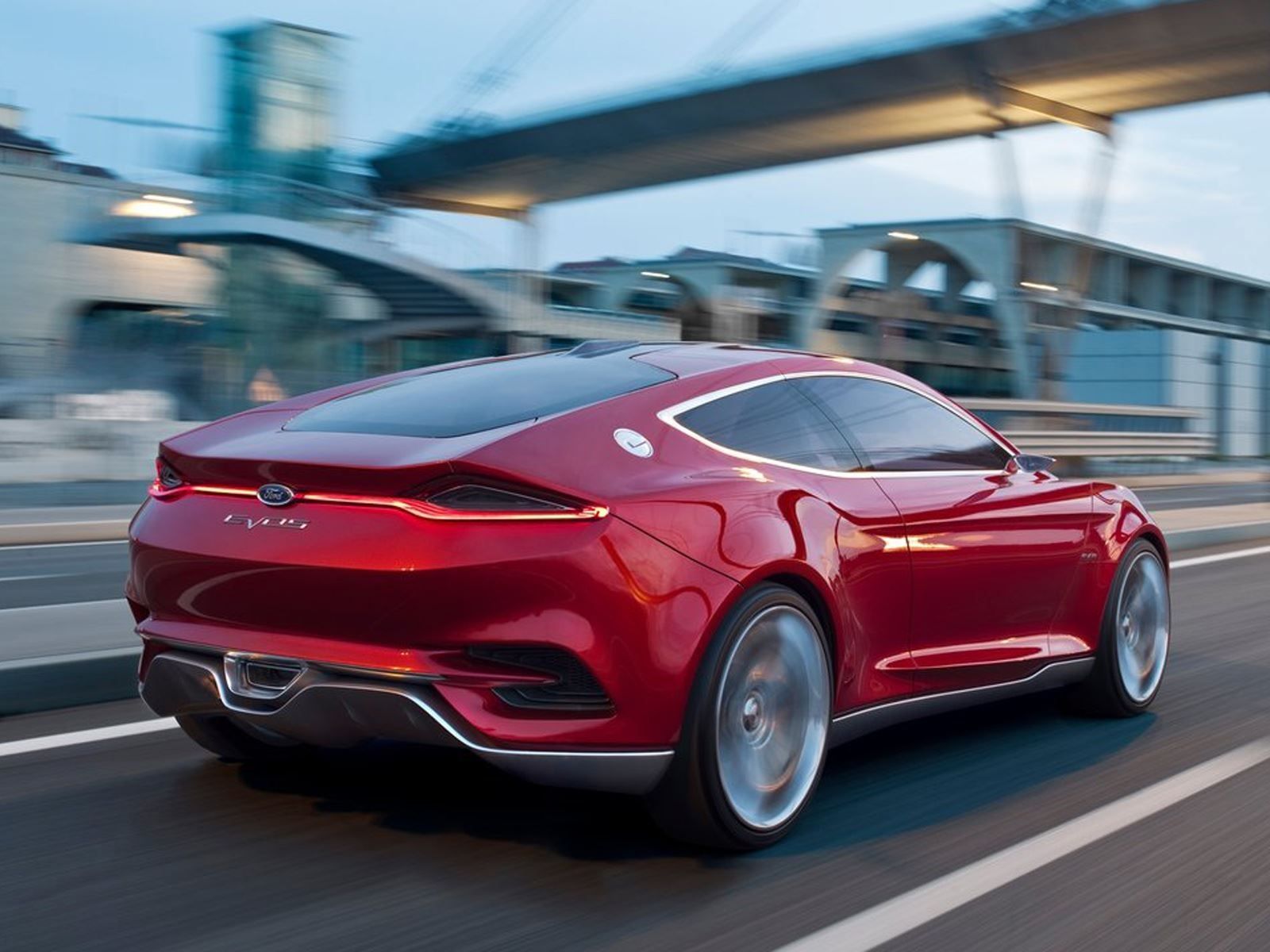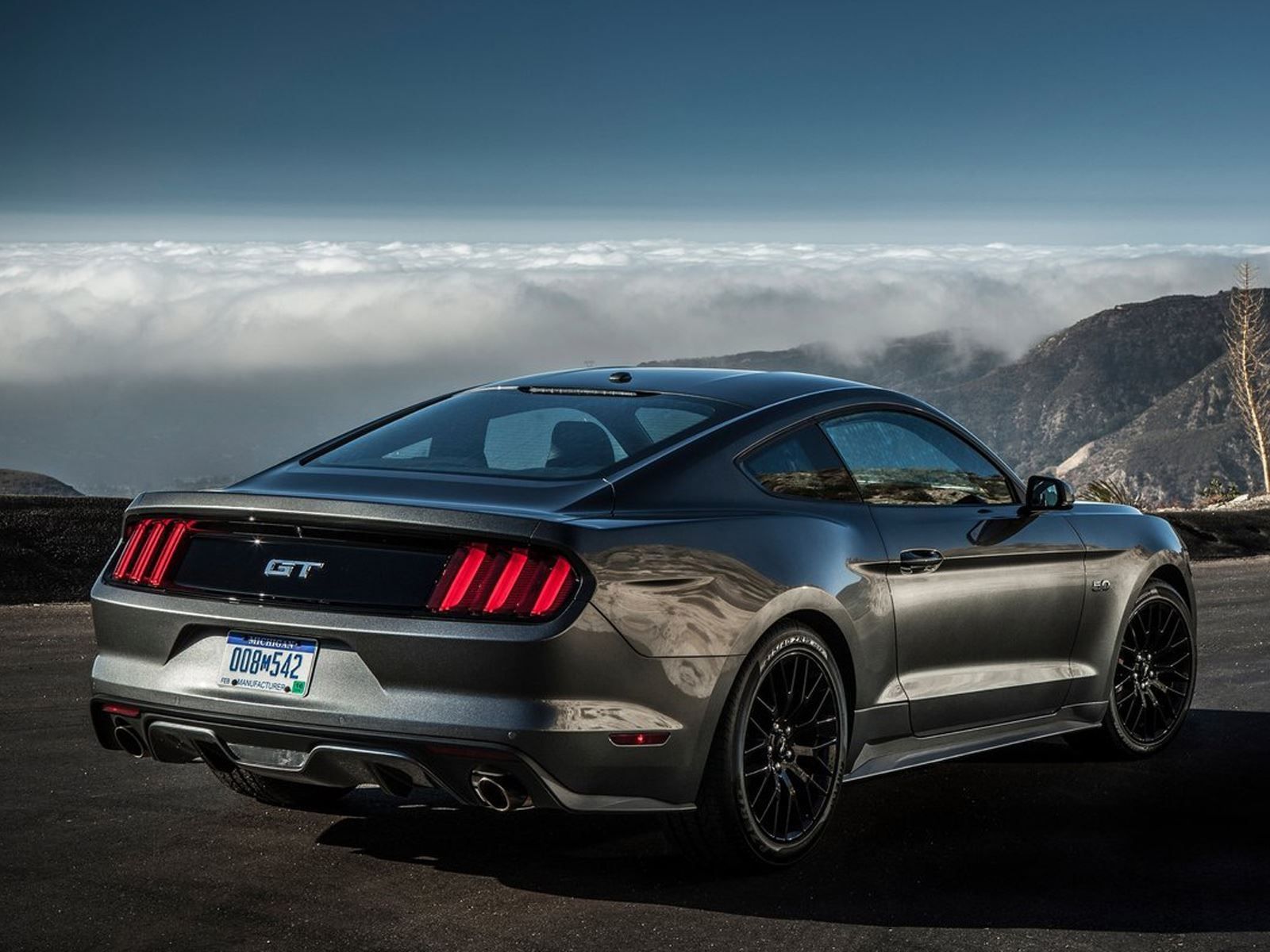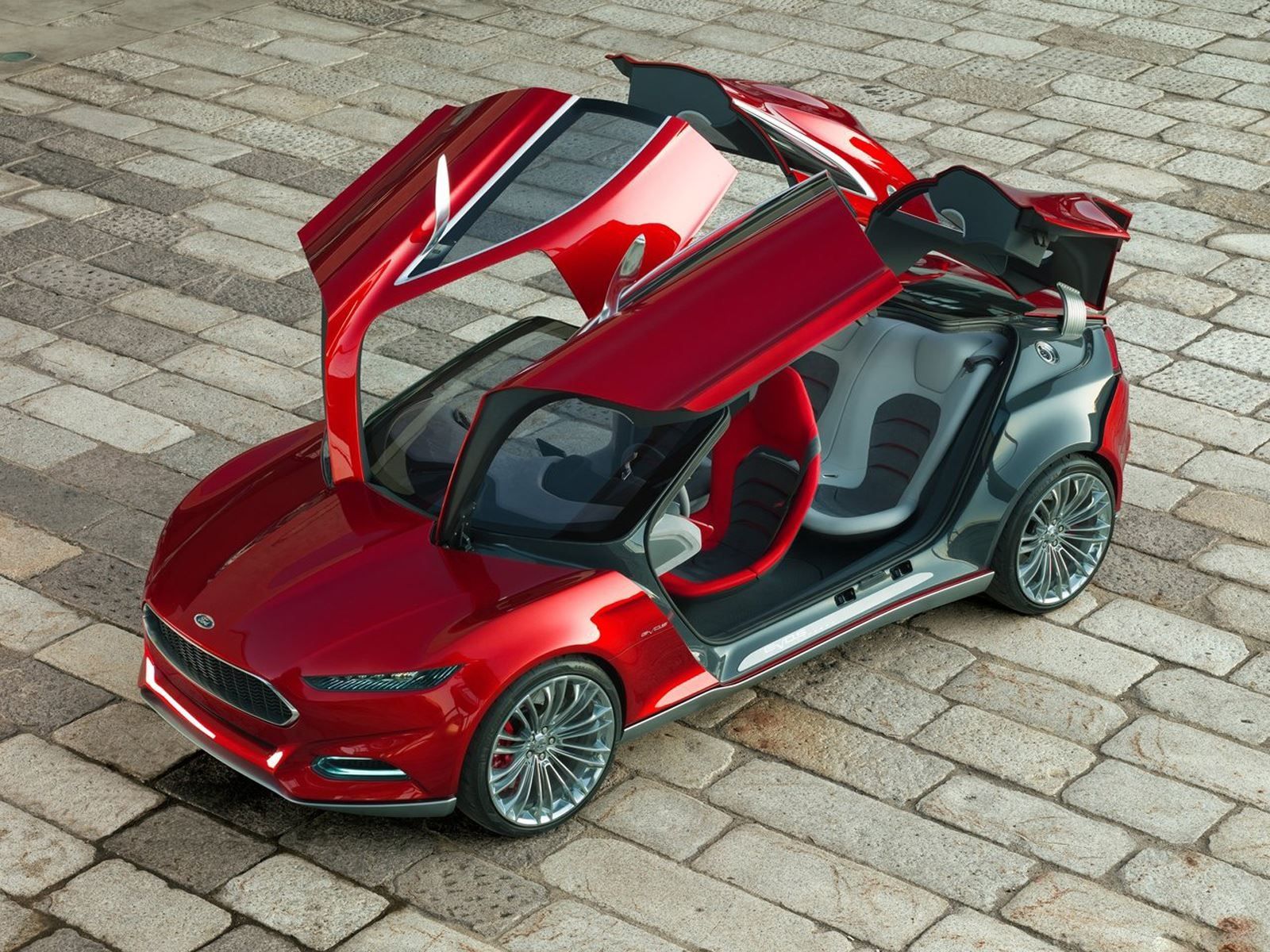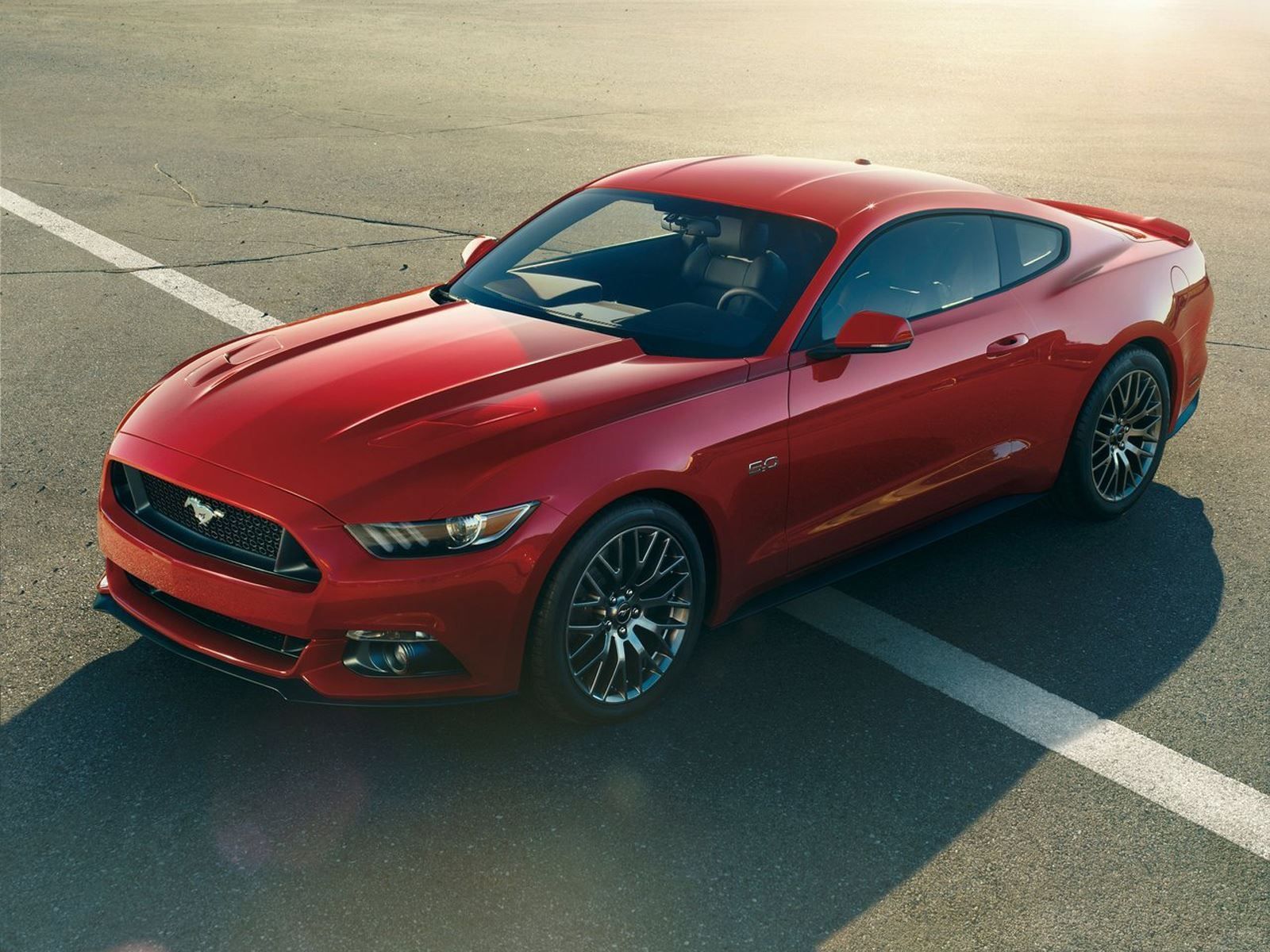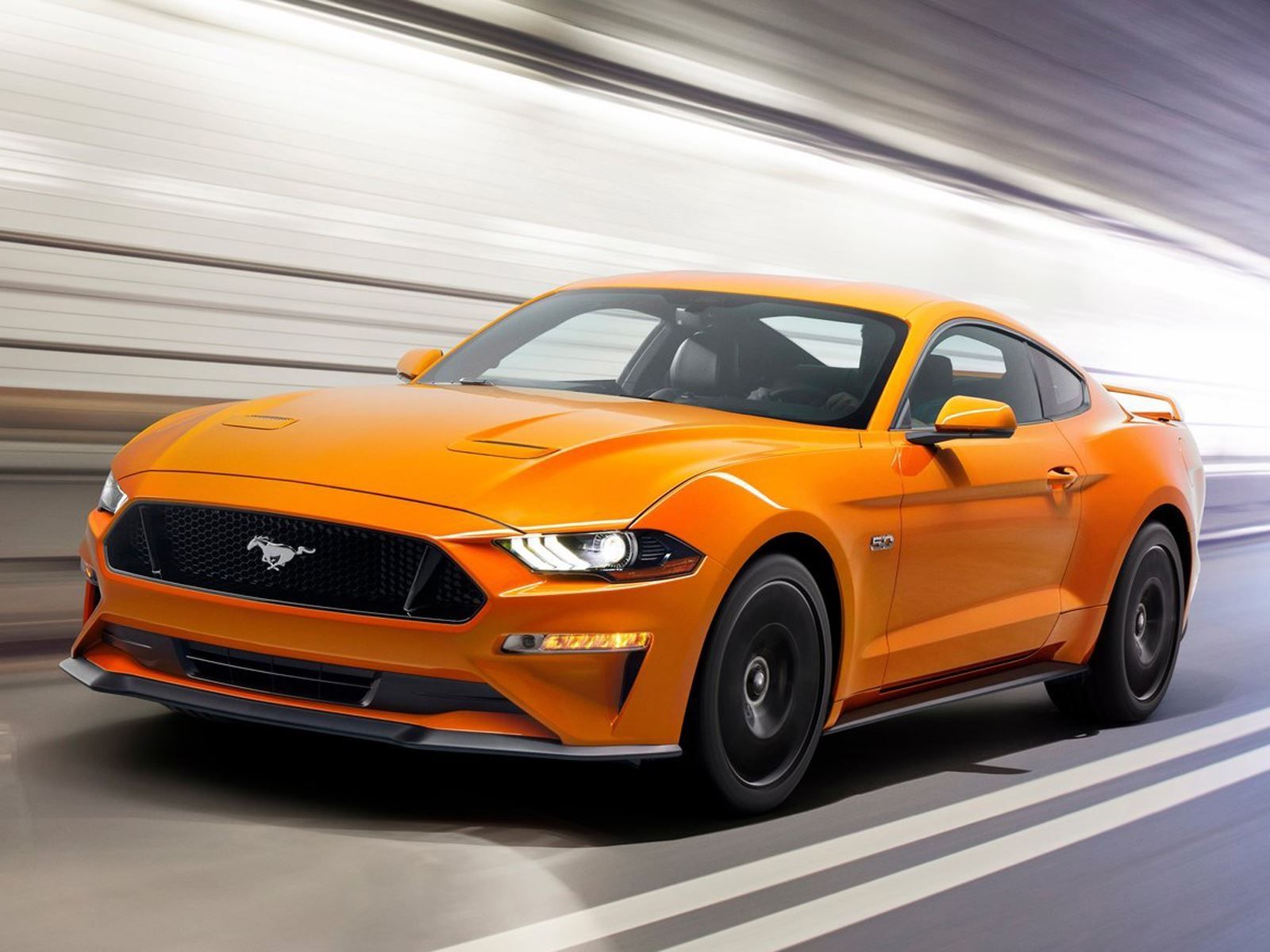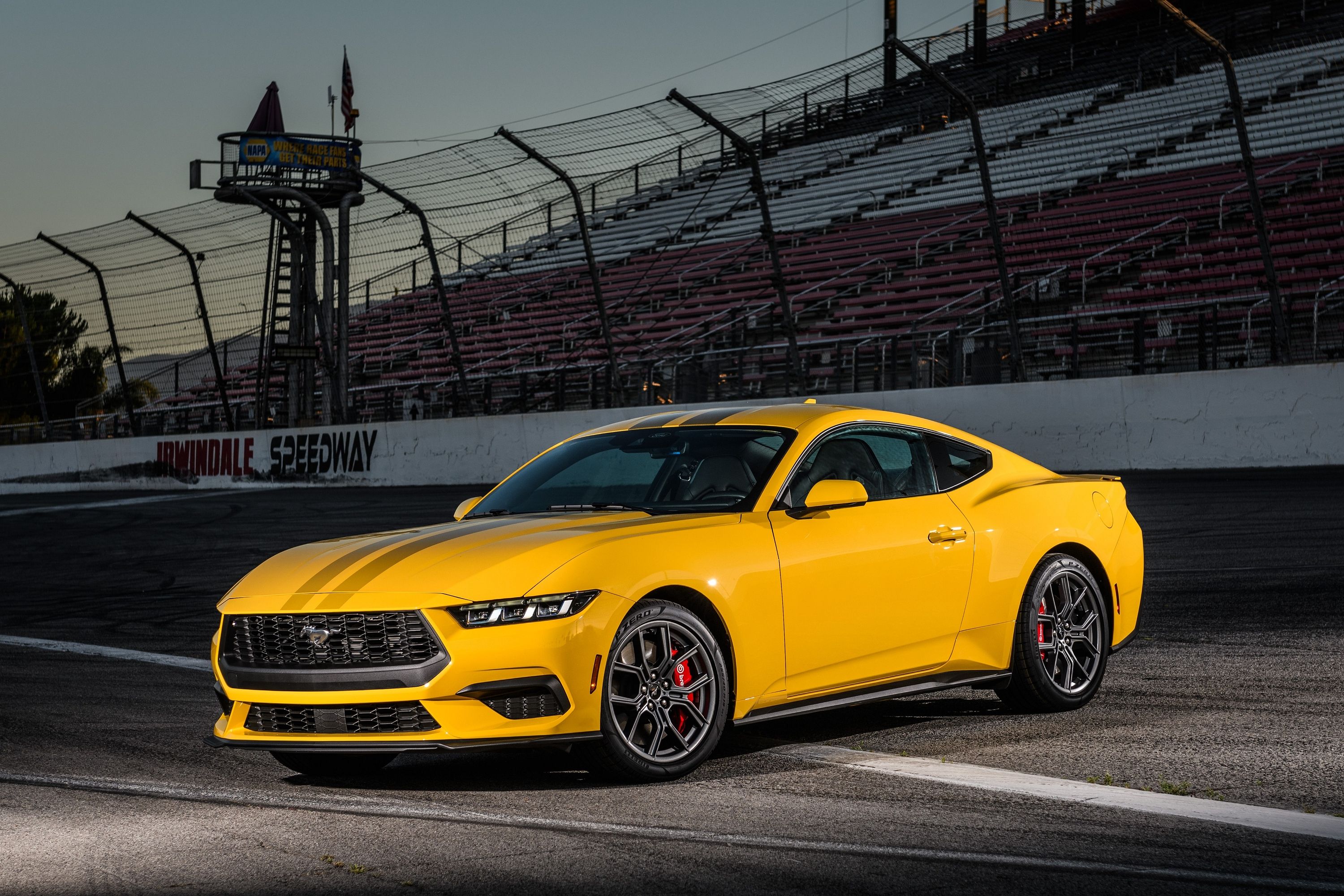
When it comes time to redesigning an icon, best advice is to tread carefully. Designers want to move the styling forward in line with the times, but also don't want to ignore the past. Opting for retro styling has many drawbacks (think: 2002 Ford Thunderbird and 2003 Chevrolet SSR), such as polarizing looks and the likelihood the design won't age well. It's a huge challenge to tackle. A project like the next generation Ford Mustang, or really any other pony car icon, can turn a lead designer into an industry star.
A disappointing result could lead to a new job as a washing machine designer. Fortunately, today's sixth-generation Mustang does a wonderful job blending the past with present day design. We got our first clue as to where Ford was heading back in 2011, although literally no one outside of Ford knew this at the time. The Evos Concept premiered at the Frankfurt Motor Show that year, and most assumed it previewed, more or less, the automaker's future styling direction for its entire lineup. Not really, no. The Evos Concept was really an early preview of the 2015 Mustang. It may not be hard to see today, but at the time nobody guessed this was the future pony car's design direction. Need some proof? Just look at the front end design.
There's the trapezoid-shaped grille and narrow headlights, which also featured some diagonal lights. Beneath them are the housings, also with a very similar eventual production shape, for the Mustang's fog lights. We admit it's hard to describe the Evos as having a fastback design exactly like the Mustangs, but it's there. Some may see it as more of a hatchback. And then there are those quad butterfly doors. Obviously something that remained concept-only, but it was a cool touch nonetheless. The Evos was certainly an interesting way to quietly preview the new Mustang, and it wasn't just a pretty body shell. Ford focused a lot of attention on the Evos' technology, such as cloud-connected information and the capability to learn a driver's habits.
It also featured a plug-in hybrid powertrain. We have yet to see a hybrid or even a plug-in hybrid Mustang, but we know that day is coming. In other words, the Evos was not only a design preview, but equally a technology and powertrain sneak peak. So, the big question is why didn't Ford make it clear back in 2011 what the Evos really was? Heck, why was it not called the Mustang Concept, or Mustang Design Study? Because Ford wanted to take other aspects of the Evos design and apply them to other future models. There are also some traces of Focus, Fusion, and Escape there as well, specifically the taillights, but it's mainly early Mustang.
In fact, the Fusion was the first production car to wear this updated styling in 2013. Ford was also in the process of evolving its then relatively new "Kinetic" design language. To its full credit, Ford understood the need to keep designs fresh, and every upcoming redesign had to look different, yet still recognizable when compared to its predecessor. Again, the 2015 Mustang can't be mistaken for anything other than a Mustang, though there was early criticism it bore too much of a resemblance to the Honda Accord Coupe, especially from the side. If there was one key element on the concept that didn't make production but should have, it was this: less front overhang.
To this day, we still feel the Mustang simply has too much front overhang which results in, again, our opinion, a lack of balance. Look at the Evos from the side and you'll see what we mean. The Mustang received a mid-life refresh for 2018 and it deviated away from the Evos' front end styling. Ford went with what it described as a leaner look with refined aerodynamics. It's also the first time the entire Mustang lineup features all-LED front lights. Along with new wheel designs and refined interior styling, the sixth-generation Mustang still looks great today and it's more than worthy of its namesake.

